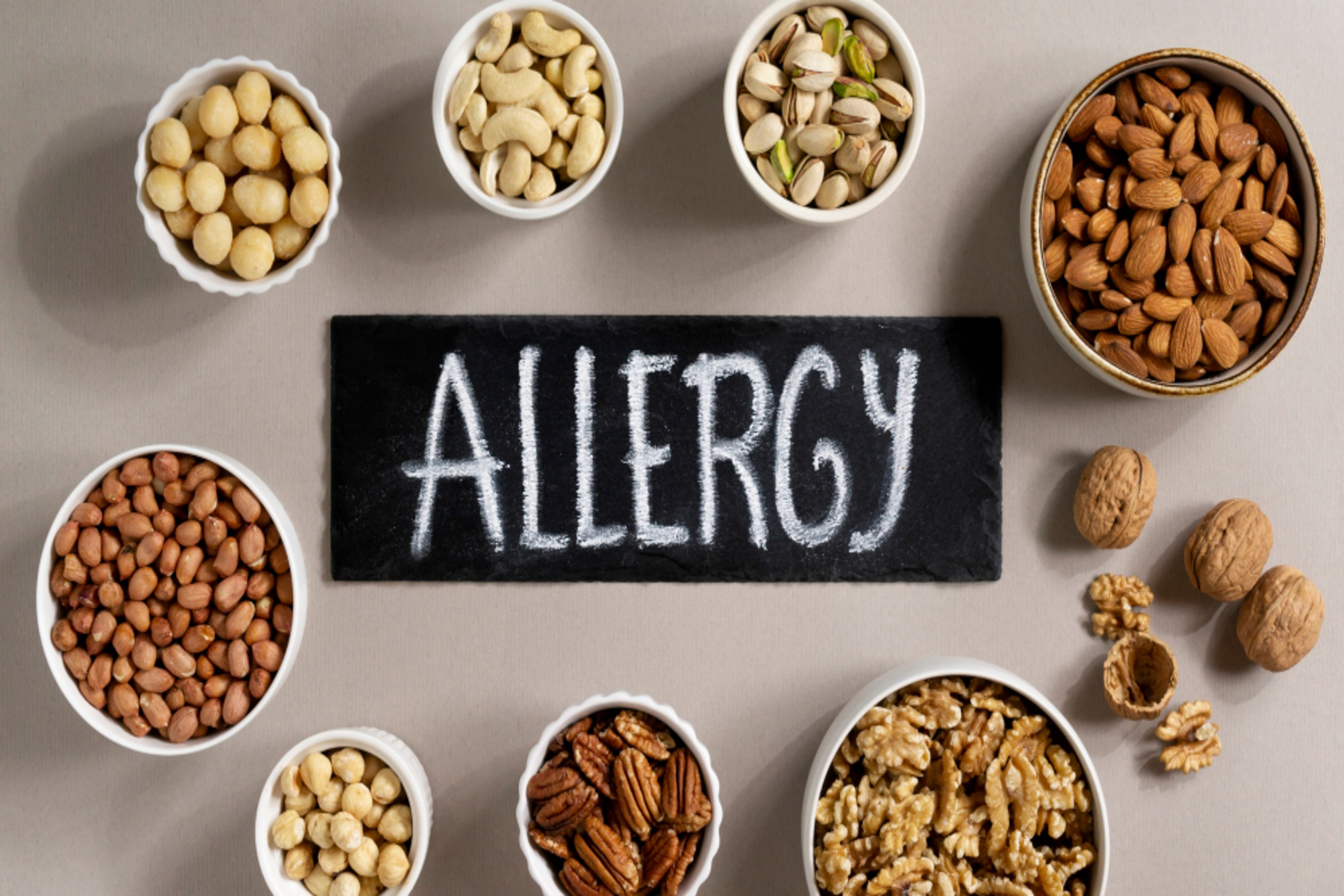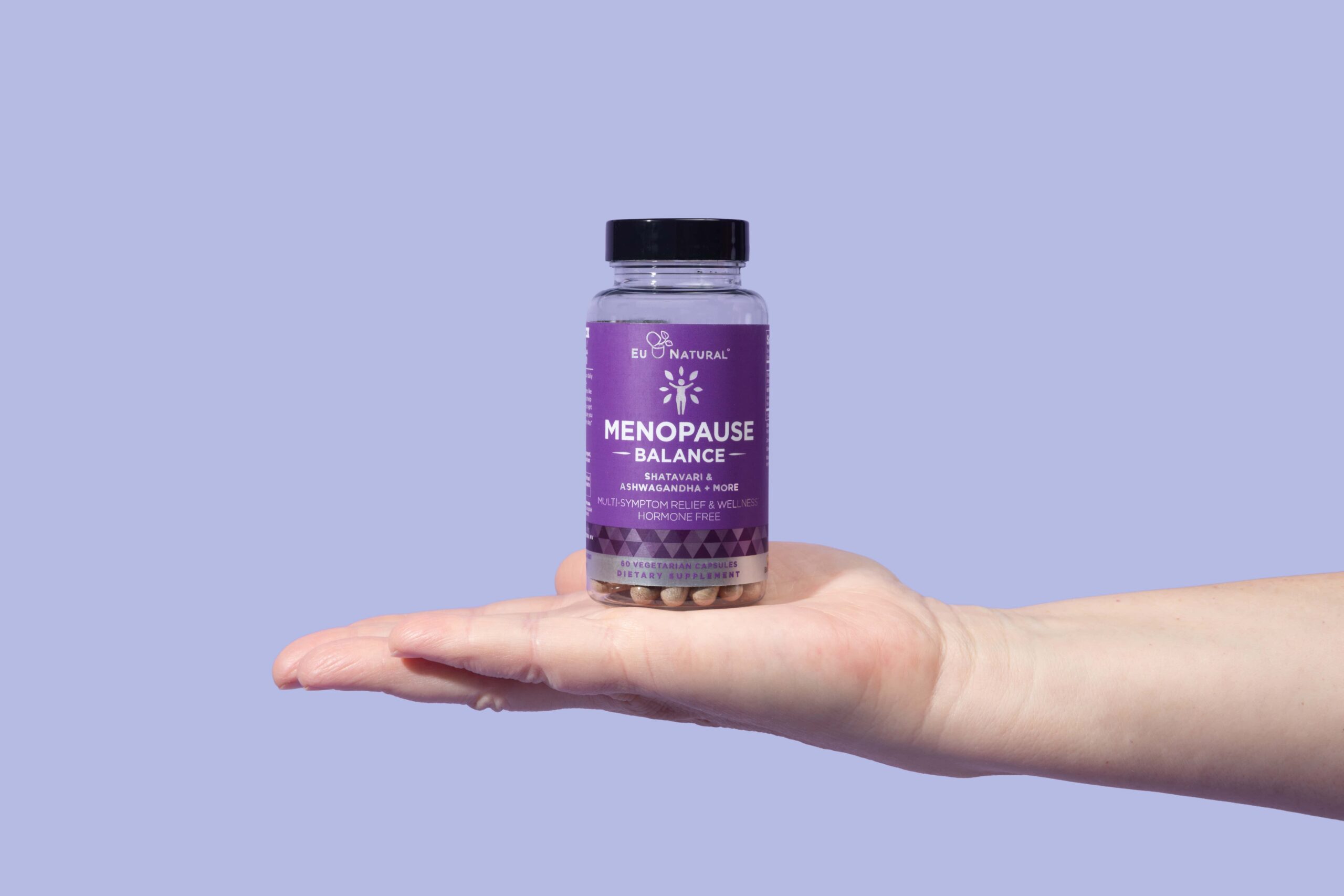It first happened to me on an airplane recently. (No, it wasn’t the Mile High Club.)
About an hour into a transatlantic flight, after folks had settled in and some had unwrapped snacks, an attendant came on the overhead announcement system.
“There is a passenger on board with a peanut allergy. We ask that you kindly refrain from the consumption of peanuts while onboard today.”
For someone with a severe allergy, it is just these kinds of accidental exposures that can pose so much of a risk.
“The concern for most of our patients and families is not being able to eat peanut butter sandwiches, but trying to avoid those accidental exposure reactions,” said Dr. Todd Green, vice president of medical affairs at DBV Technologies, the makers of a peanut patch immunotherapy currently under review by the FDA.
Such a treatment could be a literal lifesaver to the 32 million Americans with food allergies, including all those at risk for life-threatening anaphylaxis, which can leave you with trouble breathing, a swollen tongue, or dizziness. And food allergies are a bit like Russian roulette — you never know what your next reaction is going to be. This is why allergists don’t classify allergies as “mild” or “severe.” In the U.S., food allergy is the leading cause of anaphylaxis outside the hospital setting.
This is all scary business since food allergies are not going away — quite the contrary. Research presented in October 2017 revealed that food allergies are on the rise. Since 2004, there has been a 44 percent increase in adults with shellfish allergies. Since 2008, allergies to tree nuts have increased by a whopping 260 percent.
So what can the afflicted do? Is there any hope?
For children, such allergies are not a life sentence. “Somewhere around 90 to 95 percent of kids outgrow dairy, egg, wheat, and soy allergies,” allergist Marc McMorris, medical director of the University of Michigan Food Allergy Clinic, told WebMD. It used to be the case that kids were often free and clear by the time they started school, but research now suggests children take longer to outgrow milk and egg allergies, though the majority are allergy-free by age 16.
But the passage of time may not eradicate peanut, tree nuts, fish, and shellfish allergies, however, which can be the hardest to shake. That’s why a peanut patch, or AR101, an oral immunotherapy also currently under FDA review, could make such a difference in so many lives.
The patch and the oral immunotherapy are both based on nearly a largely successful century-old practice called allergy desensitization. According to the Surrey Allergy Clinic in the U.K., the method was met with resistance after a 1986 British Medical Journal report cited 26 anaphylactic deaths over 30 years. These deaths, however, arose “mainly as a result of inappropriate and injudicious use of the procedure in treating uncontrolled asthma.”
Treatments such as patches and subcutaneous oral immunotherapy represent a promising future for those with food allergies. While the drugs are currently approved for use in children, extensive trials are have shown them to be just as effective for adults — up to 99 percent desensitization after three years.
Which means more transatlantic flights with airline peanuts for everyone.










